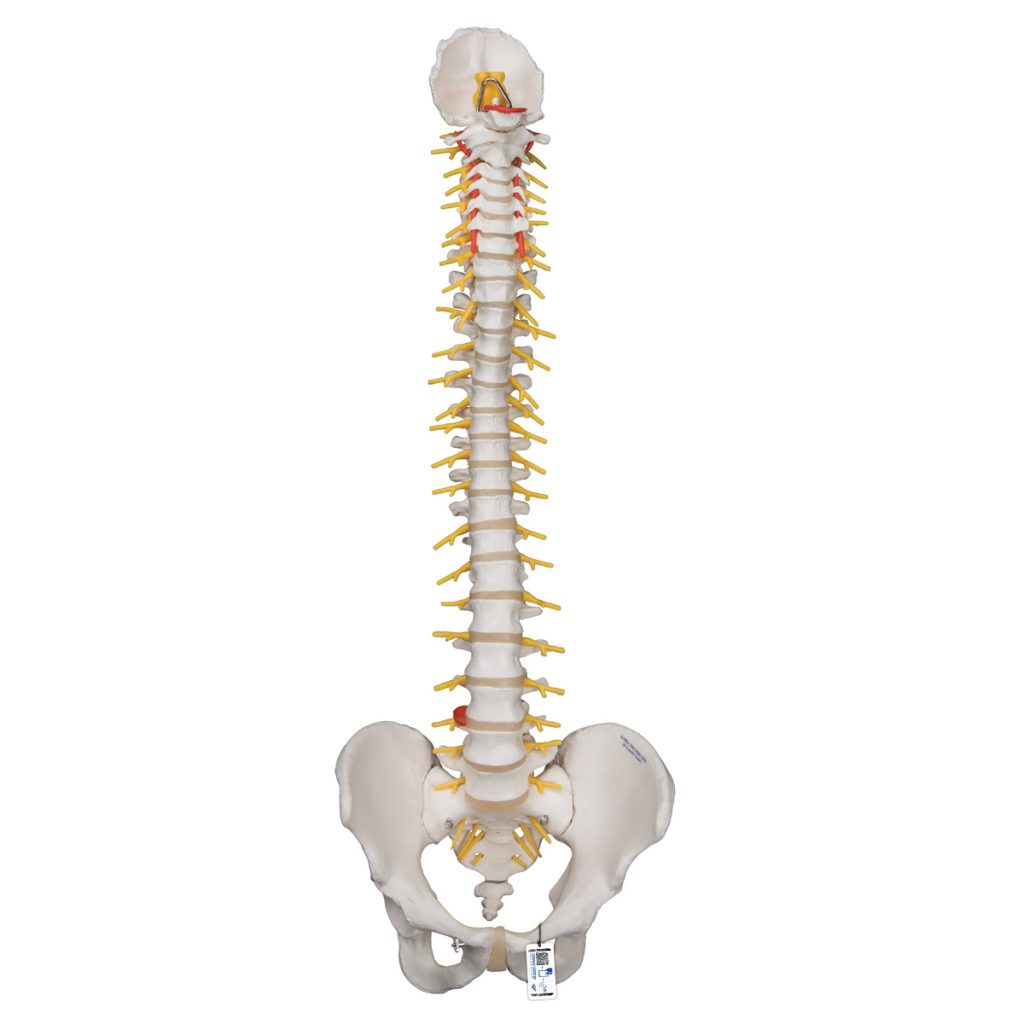


The spinal nerves act as phone lines carrying messages back and forth between the body and spinal cord to control sensation and movement. The fibres then continue down through the canal to the sacrum and coccyx where they branch off to legs.ģ1 pairs of spinal nerves branch off the spinal cord. The cord is protected within the spinal canal and runs from the brainstem to the lumbar area where the cord fibres separate. The diameter ranges from 13 mm in the cervical and lumbar regions to 6.4 mm in the thoracic area. The length of the spinal cord is approximately 45 cm in men and 43 cm in women. It is one of the most common causes of low back pain. A herniated disk is a condition that can occur anywhere along the spine, but most often occurs in the low back. Injuries such as back strain can cause discs to herniate.

This is why we get shorter as we grow older. With age, our discs increasingly lose the ability to reabsorb fluid and become brittle and flatter. A disc is made of an outer ring called the annulus and fluid-filled centre called the nucleus. They act as cushions and shock absorbers so your vertebrae don’t rub or bump into each other when you move. Its main function is to provide attachment for ligaments and muscles of the pelvic floor.īetween the vertebrae are pads called the intervertebral discs. It is named after the Greek word Kokkyx, or cuckoo because early anatomists thought it resembled a cuckoo’s beak. CoccyxĪ small piece of bone made up of four fused vertebrae and the bottom end of the spinal column. Together with the hip bones, they form a ring called the pelvic girdle. There are five sacral vertebrae, S1 to S5, which are fused together. Under the lumbar vertebrae is the sacrum – a triangular shaped bone that connects to the hips on either side. Therefore, many spinal problems occur in the low back because of the weight the lumbar spine has to carry. The lumbar region also absorbs most of the stress of lifting and carrying objects. Their main function is to support the cervical and thoracic spine. The five lumbar vertebrae, L1 to L5, are the most massive ones. The main function of the thoracic spine is to hold the rib cage which protects the heart and lungs. If you follow the path of your ribs around from the front or sides of the back, you can feel where they attach to the thoracic vertebrae in the back. The twelve thoracic vertebrae, T1 to T12, are connected to your ribs. Because of C1 and C2, we are able to nod and pivot our heads. The neck has the greatest range of motion. C2, the “axis” permits head turning and tilting. C1, also called the “atlas”, holds the globe of the skull like the god Atlas held up the earth. There are seven cervical vertebrae which start with C1 and end with C7. The vertebrae of the sacrum and coccyx are fused.

Did you know? Only the top 24 bones are moveable. VertebraeĪs mentioned above, our vertebrae are numbered and divided into five regions: cervical, thoracic, lumbar, sacrum, and coccyx. Tip: Maintain healthy spinal curves and keep your back in shape with correct posture and regular strength exercises targeting the back and abdominal muscles. The curves work like a coiled spring – absorbing shock to the spine and protecting the back from strain injuries. Have you noticed? When viewed from the side, an adult spine has three natural curves that resemble an “S” shape. Serve as an attachment for the muscles and girdles that enable movement.Provide structural support and balance to maintain an upright posture.Protect the spinal cord and related essential nerves.When injury or disease affects any of these parts, we may feel discomfort or pain. A healthy spine has strong muscles and bones, flexible joints, ligaments and tendons, and sensitive nerves. Our spine allows us to stand upright, bend and twist. Stacked up like a tower of lego, the spinal column is made of 33 bones called vertebrae and is divided into five sections or regions.


 0 kommentar(er)
0 kommentar(er)
